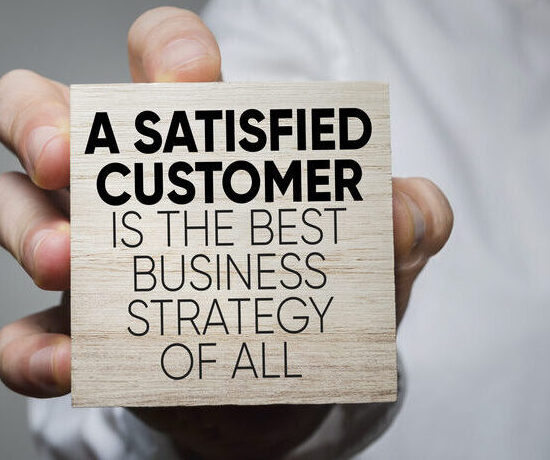
In today’s fast-paced and ever-evolving business landscape, growth isn’t just a goal—it’s a necessity. According to research by Growth Drive LLC, 62% of CEOs rank Growth as their #1 objective. To remain competitive and thrive, companies must continuously scale, innovate, and deliver increasing value to their customers. But growing a business on a higher scale requires more than hard work; it demands strategic planning, informed decision-making, and a deep understanding of how to leverage opportunities while mitigating risks.
This article explores effective business growth strategies that help organizations achieve scalable success and outlines how expert guidance can make a measurable difference in reaching your long-term goals.
Why Business Growth Requires A Strategic Approach
Sustainable Business Growth doesn’t happen by chance—it’s the result of careful planning and execution. While many businesses experience organic growth through increased demand or repeat customers, scaling to the next level requires a deliberate, well-thought-out strategy if unintended consequences are to be avoided.
Without the right systems and processes, rapid growth can lead to inefficiencies, resource strain, and even setbacks. That’s why it’s critical to have a framework in place that supports scalability, leading to sustainable and profitable growth.
Effective Business Growth Strategies
To scale your business successfully, you need to adopt strategies that align goals and resources with market opportunities. Below are some of the most effective approaches:
Refine Your Value Proposition
Your value proposition is the cornerstone of your business. It defines what sets you apart from competitors and why customers choose your products or services. Revisiting and refining your value proposition ensures that it resonates with your target audience as markets evolve.
Does your value proposition clearly communicate the unique benefits you deliver? Are you meeting emerging customer needs better than your competitors?
Target The Right Markets
Expanding into new markets is a powerful growth driver, but it requires thorough research and preparation. Identify regions, demographics, or industries where your offerings can address unmet needs or solve specific pain points.
Conduct market analysis to understand trends, competitor presence, and customer demand in your target areas. Use this data to develop tailored marketing and sales strategies.
Optimize Operations For Scalability
Operational inefficiencies can become significant roadblocks as your business grows. Evaluate your current systems, processes, and technology to ensure they can handle increased demand without compromising quality.
Automate repetitive tasks, streamline workflows, and invest in scalable technologies like cloud-based systems or customer relationship management (CRM) tools to boost efficiency.
Diversify Revenue Streams
Relying too heavily on one product, service, or client base can make your business vulnerable to market fluctuations. Expanding your offerings or tapping into new revenue sources provides stability and opens doors for growth.
Consider cross-selling complementary products, exploring subscription models, or entering entirely new product categories to diversify your income.
Build A High-Performing Team
Your team is your most valuable asset, and their expertise directly impacts your ability to scale. Focus on attracting, developing, and retaining top talent who share your vision for growth.
Provide ongoing training, offer competitive compensation, and foster a company culture that encourages collaboration, innovation, and accountability.
Strengthen Your Financial Foundation
Scaling a business often requires capital investment. Whether it’s funding for new equipment, marketing campaigns, or hiring, having a strong financial plan is essential to support growth.
Explore financing options such as loans, venture capital, or strategic partnerships. A detailed financial strategy ensures that your resources are allocated effectively and sustainably.
The Role Of Expert Guidance In Business Growth
While these strategies provide a roadmap for growth, executing them successfully often requires outside expertise. Strategic advisors play a pivotal role in helping businesses unlock their full potential by offering tailored insights, tools, and resources.
Here’s how expert advisory services contribute to business growth:
- Objective Analysis: Advisors bring an external perspective to identify opportunities and challenges you may overlook.
- Custom Strategies: They design growth plans aligned with your unique goals and market conditions.
- Risk Mitigation: Advisors help anticipate and address potential risks, ensuring sustainable success.
- Implementation Support: From process optimization to leadership coaching, they provide expert guidance and support to drive results.
Achieve Your Growth Goals With Confidence
Scaling your business is no small feat, but with the right strategies and guidance, it’s entirely achievable. By refining your operations, leveraging opportunities, and fostering a growth-focused mindset, you can elevate your company’s growth trajectory.
At Rizolve Partners, we specialize in helping businesses unlock their growth potential through customized advisory services. Our team of experts works alongside business owners to develop actionable plans, optimize resources, and achieve long-term success.
Ready to scale your business to new heights? Contact Rizolve Partners today and let us guide you on your journey to growth and value creation.






















